How to Start a Vegetable Garden: A Beginner’s Guide to Consistent Garden Success!
Find out how to start a vegetable garden at home!
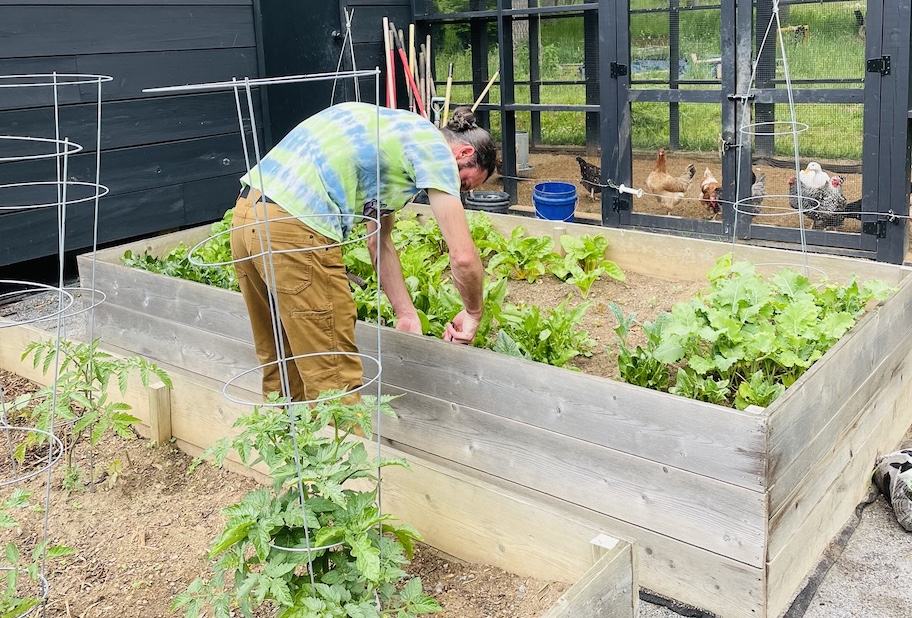
Water you waiting for? Let’s get growing! 🌱
Follow our step-by-step guide for how to start a vegetable garden and learn tips on how to successfully grow a bountiful garden every year.
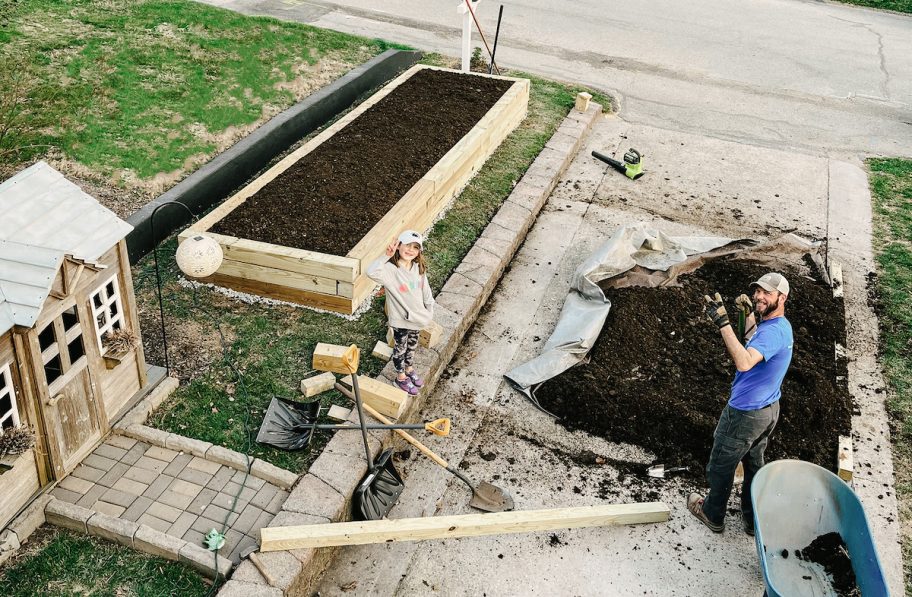
It’s been over a year since we started our new raised garden bed at home, and I’m excited to share all the best tips on how you can successfully grow vegetables in your own garden.
How to start a vegetable garden 101:
Step 1: Choose the ideal location.

The sun is one of the most important factors when starting a garden. To successfully grow crops, you must choose a spot in your yard that gets at least 6-8 hours of direct sunlight daily.
You’ll also want to ensure the location has good drainage and is relatively level. Soil that drains well prevents waterlogging, which can lead to root rot and other issues. Adequate drainage also ensures plant roots access oxygen, which is crucial for healthy growth.
Hip Tip: If you need to build a garden first, be sure to check out my DIY Raised Garden Bed post to learn more.
Step 2: Make sure you have the correct soil.
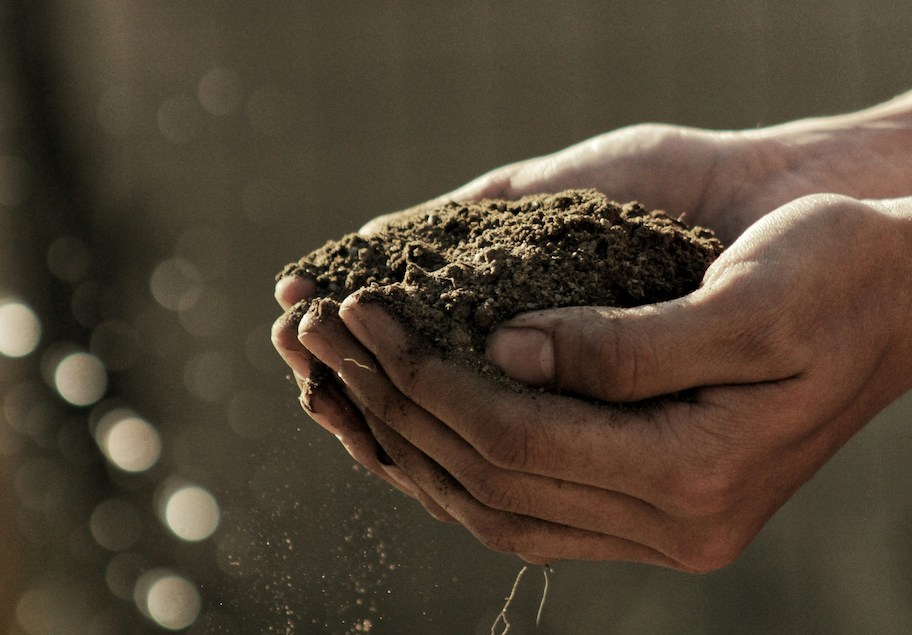
First, test your current soil to determine its pH level and nutrient content. The easiest and most affordable way is to purchase a soil test kit. (Don’t worry, it’s beginner-friendly). 😉 You can also pay a local lawn company to test your soil.
Many plants prefer neutral to more acidic soil (between 6.0 and 7.0 on the pH scale), but some plants are pickier than others. It’s always a good idea to check what your veggies prefer before planting!
Here are other important characteristics your garden soil should have:
- Loamy Texture: Loamy soil is a mix of sand, silt, and clay that holds onto water without drowning your plants and lets their roots breathe.
- Rich in Organic Matter: Things like compost, manure, or leaf mold give your plants the nutrients they need to help your plants grow big and strong. Plus, they make the soil nice and crumbly, which is great for the little critters in the dirt that help your plants grow even better! Regularly adding compost or organic fertilizers can help maintain soil fertility.
- Free from Contaminants: Avoid soil that may be contaminated with heavy metals, pesticides, or other harmful substances you don’t want your veggies absorbing. If you’re unsure about the quality of your soil, consider getting it tested professionally.
Step 3: Plan what you’re putting in your garden.
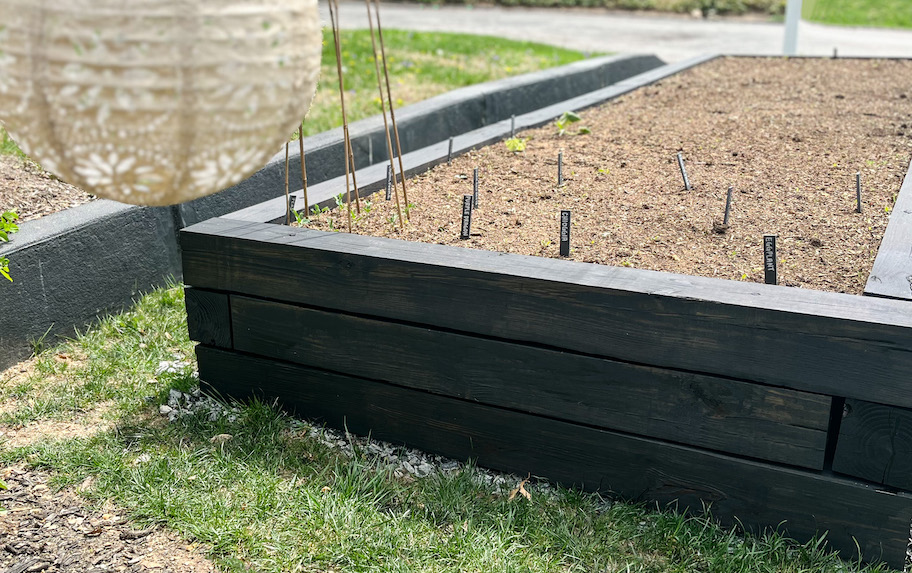
Deciding what vegetables you want to grow is important so you know how much space they’ll need. The mature height, spread of your plants, and their compatibility with each other are important factors to take into account when designing your garden layout.
Each neighboring plant should get along with the other so they can live together in harmony and thrive. Also, group plants with similar water and sunlight requirements together to optimize their growth and make watering and care more efficient.
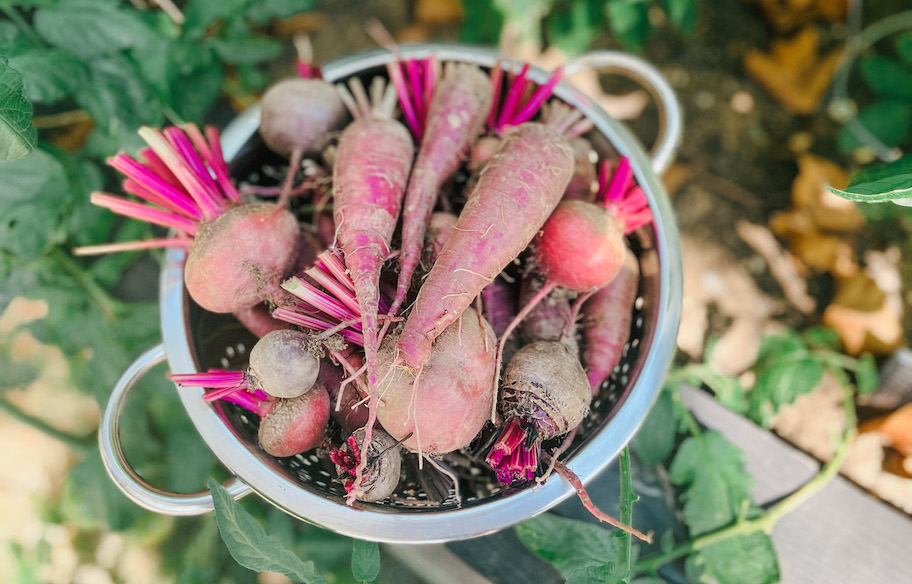
These are some of the easiest vegetables to grow:
- Carrots
- Cucumbers
- Green Beans
- Herbs
- Lettuce
- Peas
- Peppers
- Radishes
- Tomatoes
- Zucchini
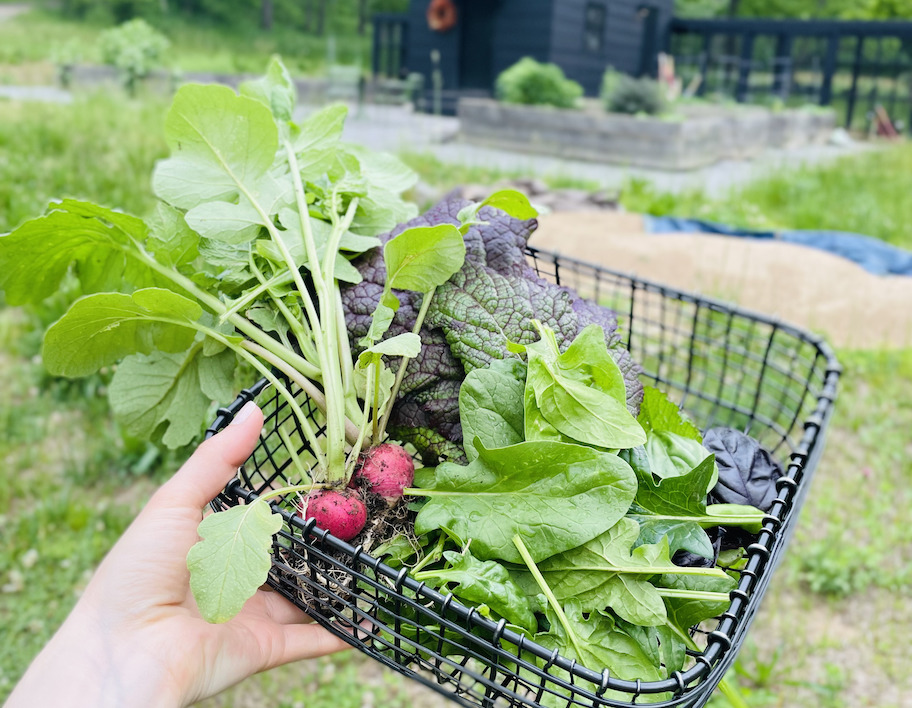
Here are some vegetables that grow in shade if you’re limited on sunlight:
- Arugula
- Beets
- Broccoli
- Cauliflower
- Kale
- Lettuce
- Radishes
- Scallions
- Spinach
- Swiss Chard
Step 4: Get all the necessary vegetable gardening supplies.
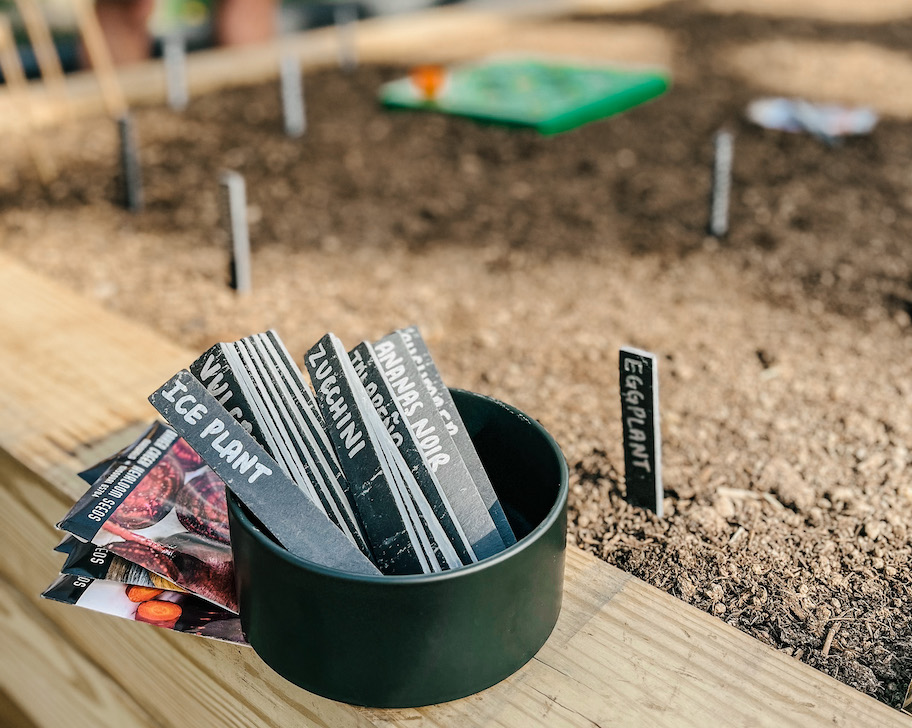
Before you plant your seeds you’ll want to make sure you’re prepared to care for them and of course, you’ll need your seeds or seedlings too! I prefer planting seeds as it’s much more cost-effective than buying established seedlings and it’s not as hard as it may seem.
Baker Creek Seeds offers a wide and rare selection of organic seeds and shipping is always free in the USA.
Below are other basic gardening tools you should have before starting your vegetable garden:
- Shovel for digging and transplanting soil, making shallow trenches, and removing dirt or debris.
- Rake (full size or handheld, depending on your garden size).
- A Hoe to clear soil and for weeding.
- A watering can for small gardens or garden hose attachment for larger spaces.
- Compost or fertilizer to keep your soil rich.
- Mulch to save water, protect soil from erosion, fight weeds, and moderate temperature.
- Any structures (trellises or support cages) that your plants may need for support.
- Garden markers (not necessary, but helps you remember what’s growing where).
Step 5: Start planting your seeds when it’s the right time.
Once you have your garden and soil ready, your tools on standby, and your seeds in hand you’re ready to start planting! But first, it’s important to check the specific planting recommendations for each vegetable based on your local climate and growing conditions.
Follow the instructions on the seed packets or plant labels for proper planting depth and spacing – every plant will likely be different!
Here’s a general guideline for when to plant vegetable seeds:
- Cool-Season Vegetables: These are typically planted in early spring or late summer for a fall harvest.
- Warm-Season Vegetables: These are planted after the last frost has passed and the soil has warmed up. This is usually in late spring or early summer.
- Root Vegetables: These are usually planted early in the growing season when the soil is cool and moist. Typically in late March or early April.
- Herbs: Many herbs can be planted throughout the growing season after the last frost.
Hip Tip: This seeding square is perfect for beginners and allows you to plant seeds at precise depths.
Step 6: Maintain your garden during the growing season.
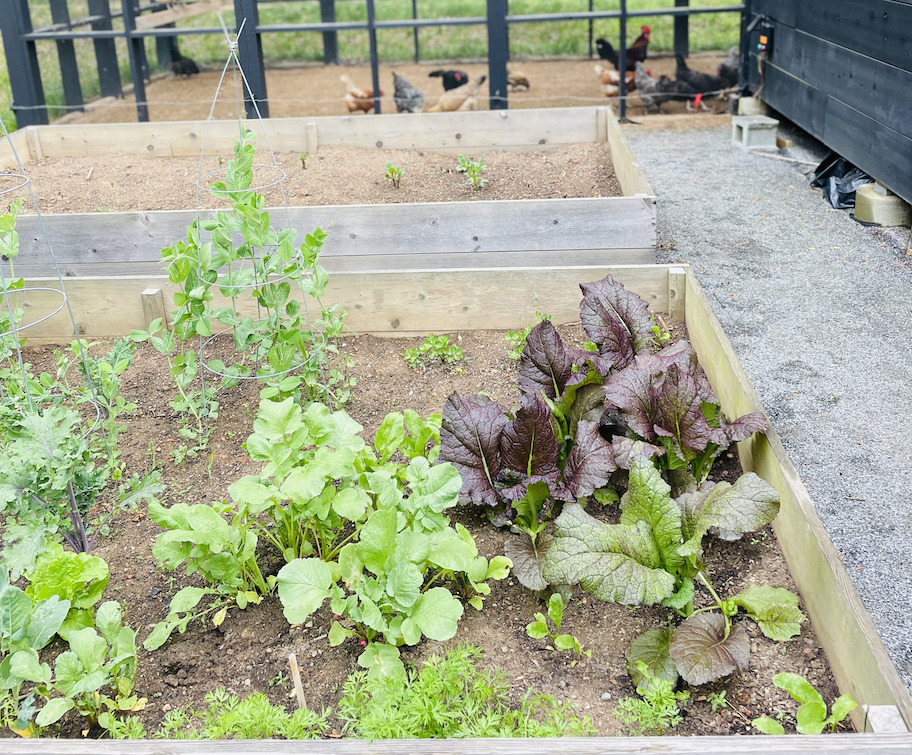
Watering:
In the beginning, your new seeds LOVE water so be sure to water gently but thoroughly until your seeds are established. Throughout the growing season, keep the soil consistently moist but not waterlogged. Water deeply to encourage deep root growth. Also, by watering in the morning, you’ll reduce the risk of fungal diseases.
Mulching:
Adding a thin layer of mulch to your garden will help retain moisture, suppress weeds, and regulate soil temperature. The best mulch for a vegetable garden is organic mulch such as straw, shredded leaves, or grass clippings.
Weeding:
Weeds will compete with your plants, so it’s important to regularly remove them so your vegetable plants have the water and nutrients they need to thrive.
Pests & Diseases:
Check for garden pests and diseases regularly. Pests can be found anywhere from the underside of leaves to the stems of plants. If necessary, make sure you take the right steps, like manually removing pests or using organic pesticides, to keep the rest of your garden safe.
Fertilizing:
You might need to fertilize your plants at different times during the growing season, depending on your soil’s richness and your vegetable plants’ requirements. The best fertilizer for vegetable gardens is an organic fertilizer or compost which will give your plants the necessary nutrients.
Step 7: Harvest your vegetables
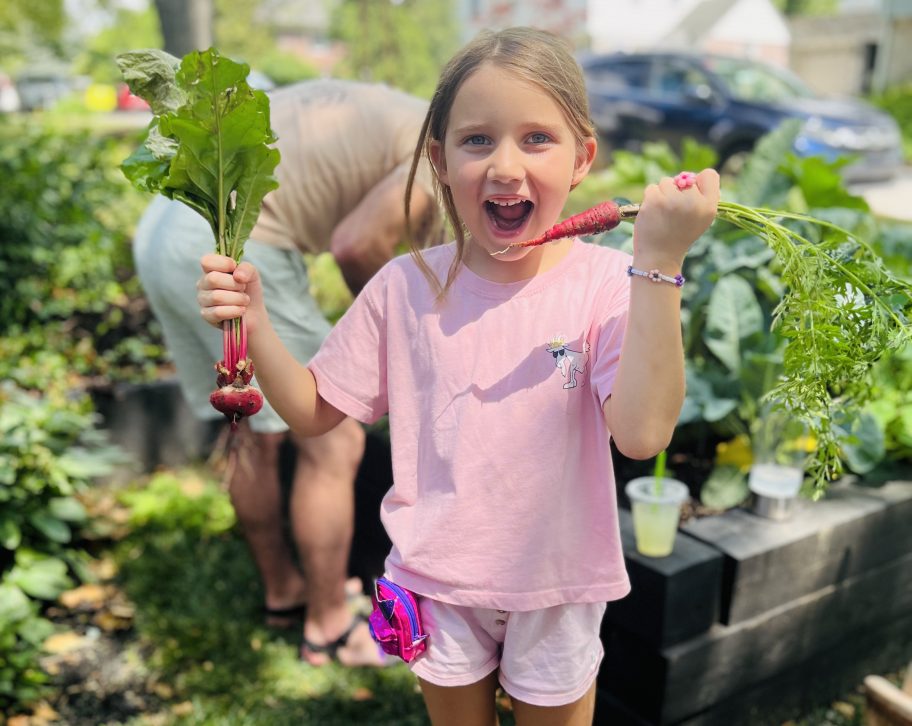
Nothing beats enjoying the fruits of your labor! Pick your veggies when they’re fully ripe and ready to enjoy. Keep harvesting regularly; soon, you’ll be knee-deep in fresh produce before you know it. And if you’ve got more than you can handle, it’s always great to share with friends, family, and neighbors.
Plus, you can always take up a new hobby, such as canning, to enjoy your crops throughout the off-season.
Step 8: Prepare for next year.
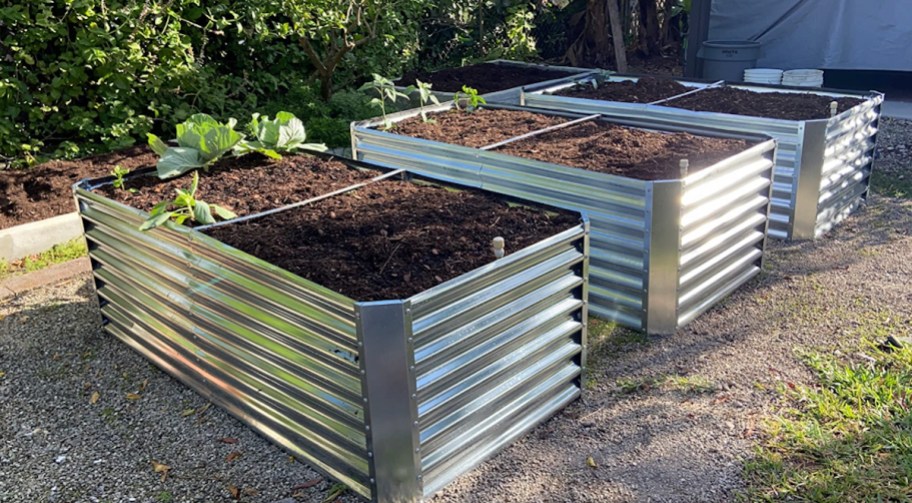
Crop rotation might slip under the radar for beginners, but keeping your garden thriving is crucial. To prevent soil depletion and reduce the risk of pests and diseases, ensure you’re planting your vegetables in a different space in your garden each year.

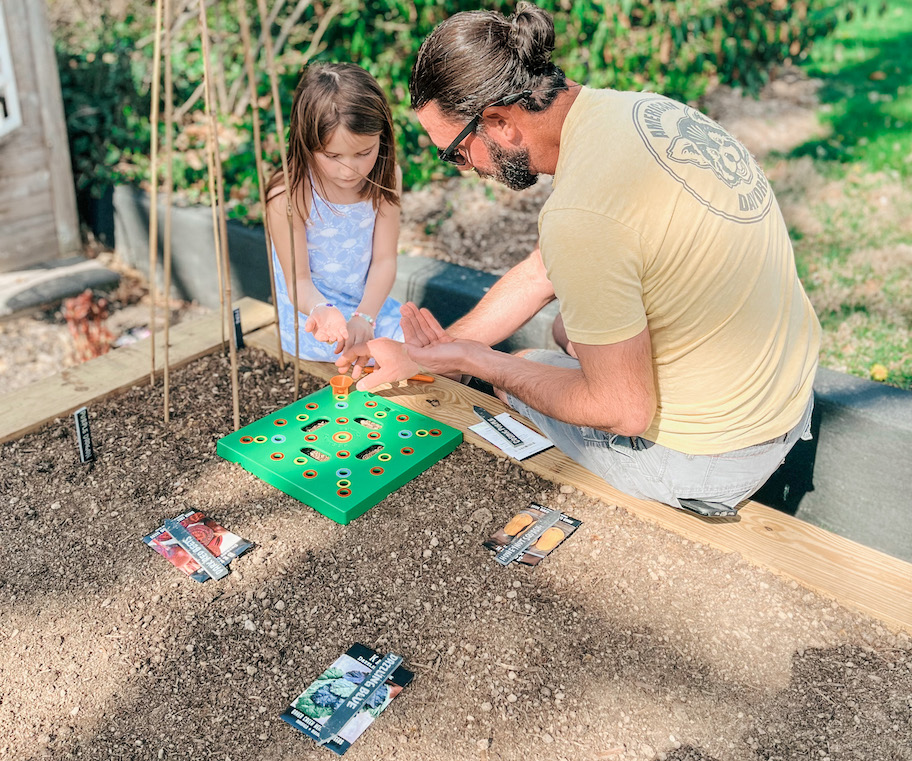
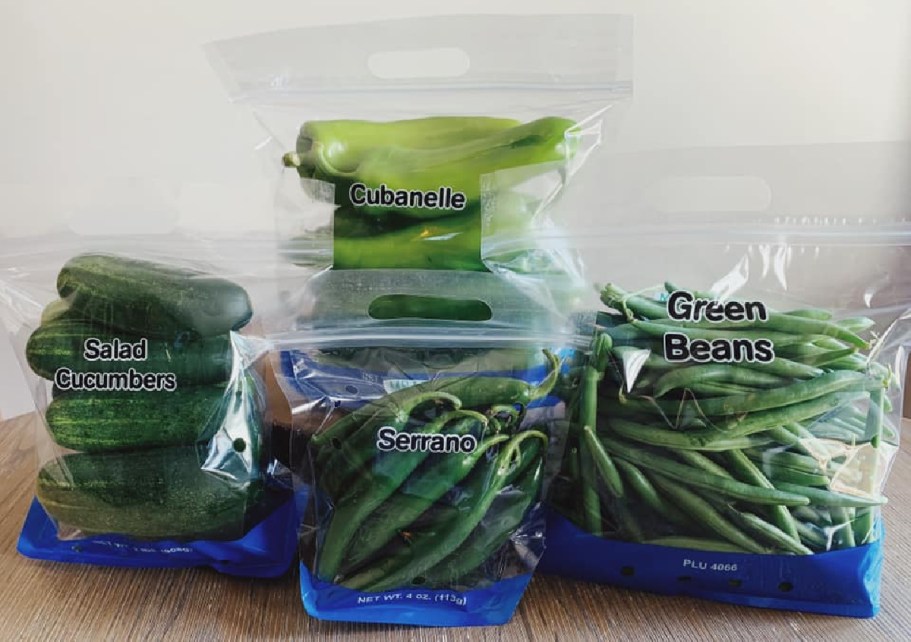
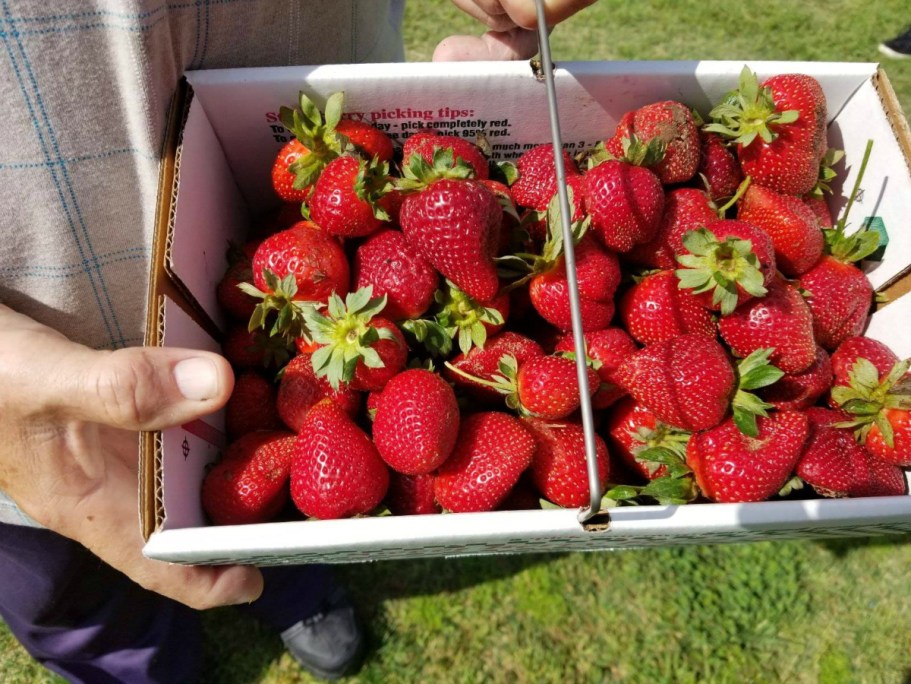


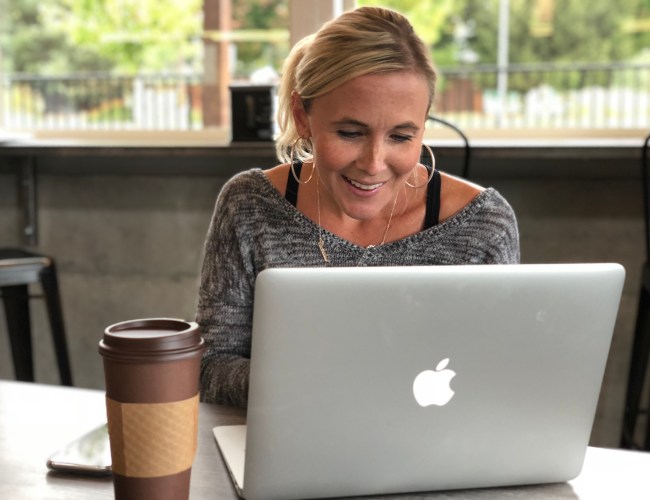
Thanks for all the tips!!
You’re most welcome, Kirsten! 💕
A Star Hip2Saver is a recognized member of our Hip2Save community hand selected by our team for demonstrating a long history of engagement with helpful & friendly comments across Hip2Save.com and our social channels. Our Star Hip2Saver badge acts as a verification for readers who know the ins and outs of all Hip2Save sets out to accomplish — assisting our community to live extraordinary lives on ordinary budgets. Readers cannot pay or provide any sort of exchange in order to earn this badge. Rather, they are invited to participate by a member of the Hip2Save team and opt to have the Star Hip2Saver badge added to their profile & comments.
I love gardening. I buy my seeds from Burpee (peas, lettuce, kale, cucumbers, zucchini, butternut squash, contender green beans) and my seedlings from Home Depot or Jewel Osco (tomato plants). I fertilize with miracle gro every other week. I also bought an electric rototiller and use it to get the soil ready and weed between the rows). It’s really therapeutic for me. Best wishes to those that grow this season!